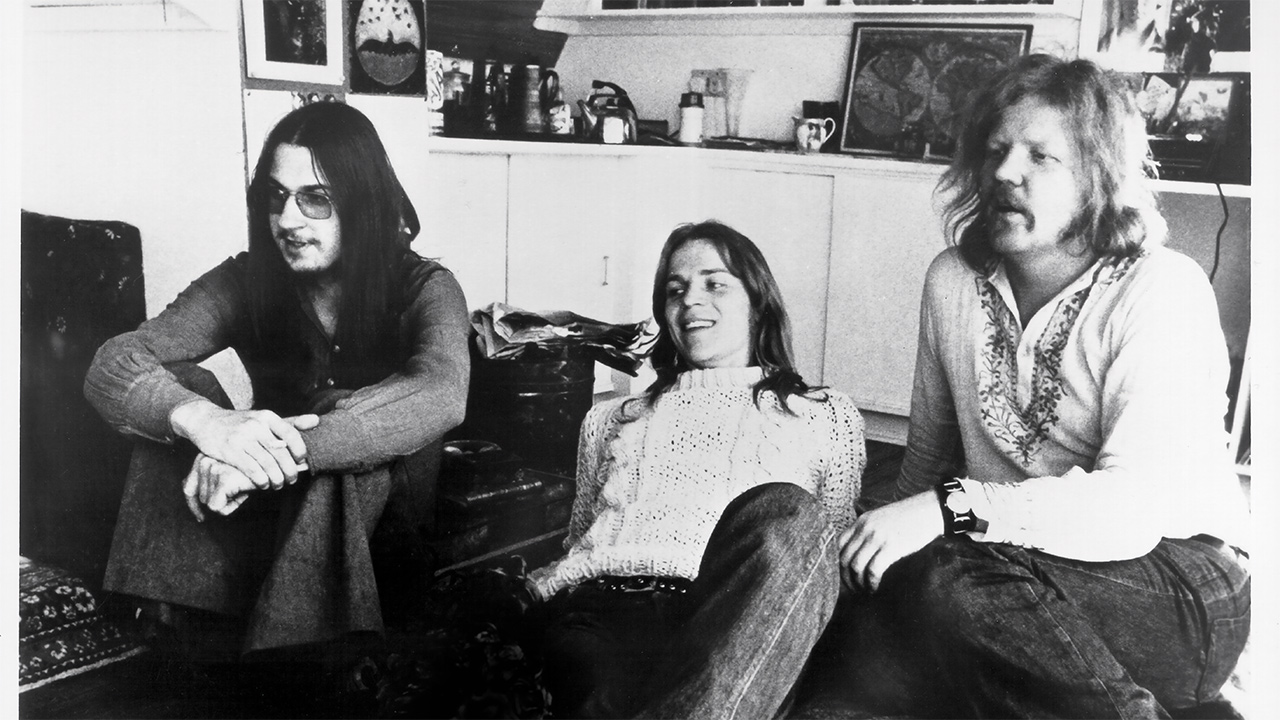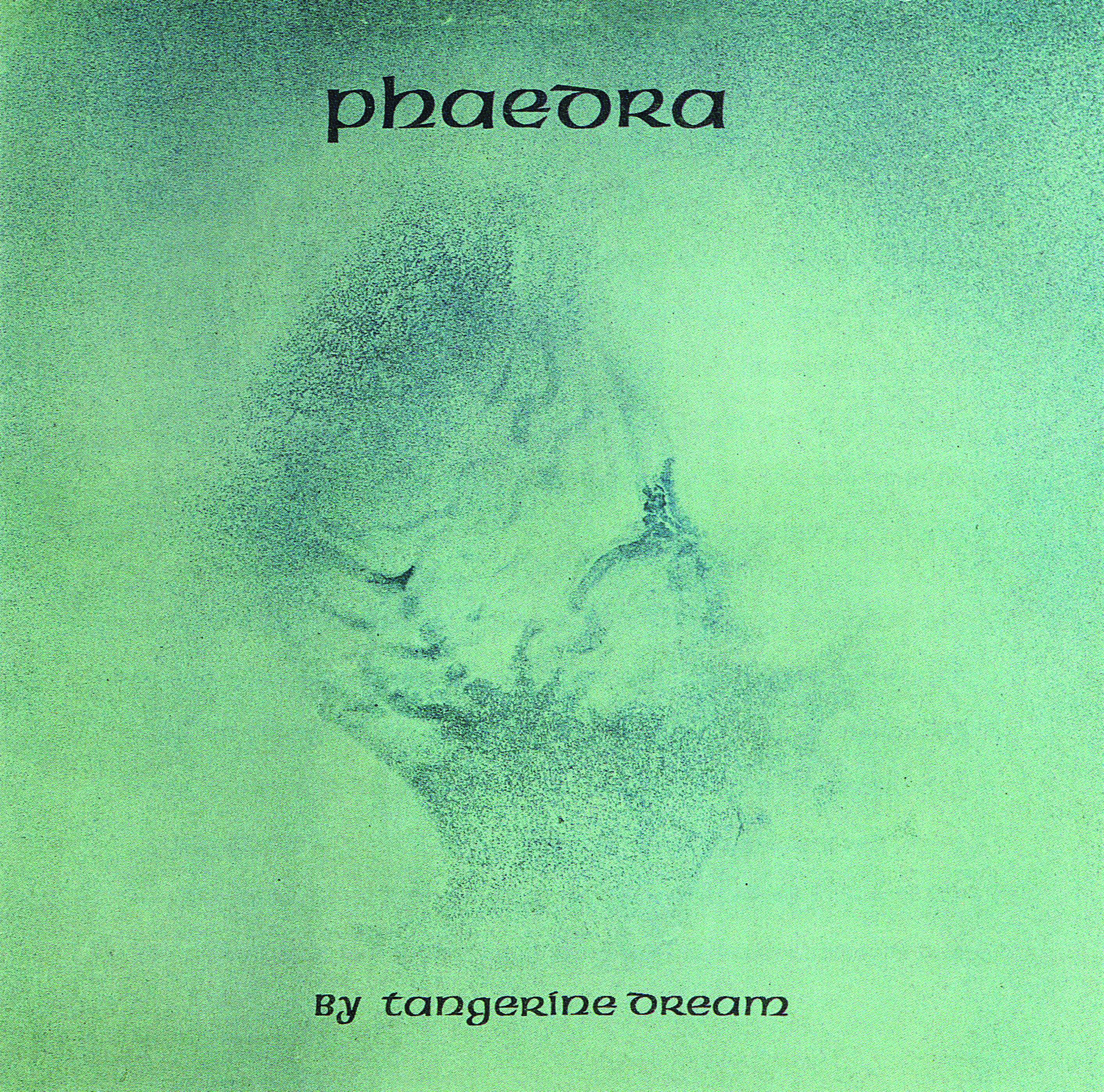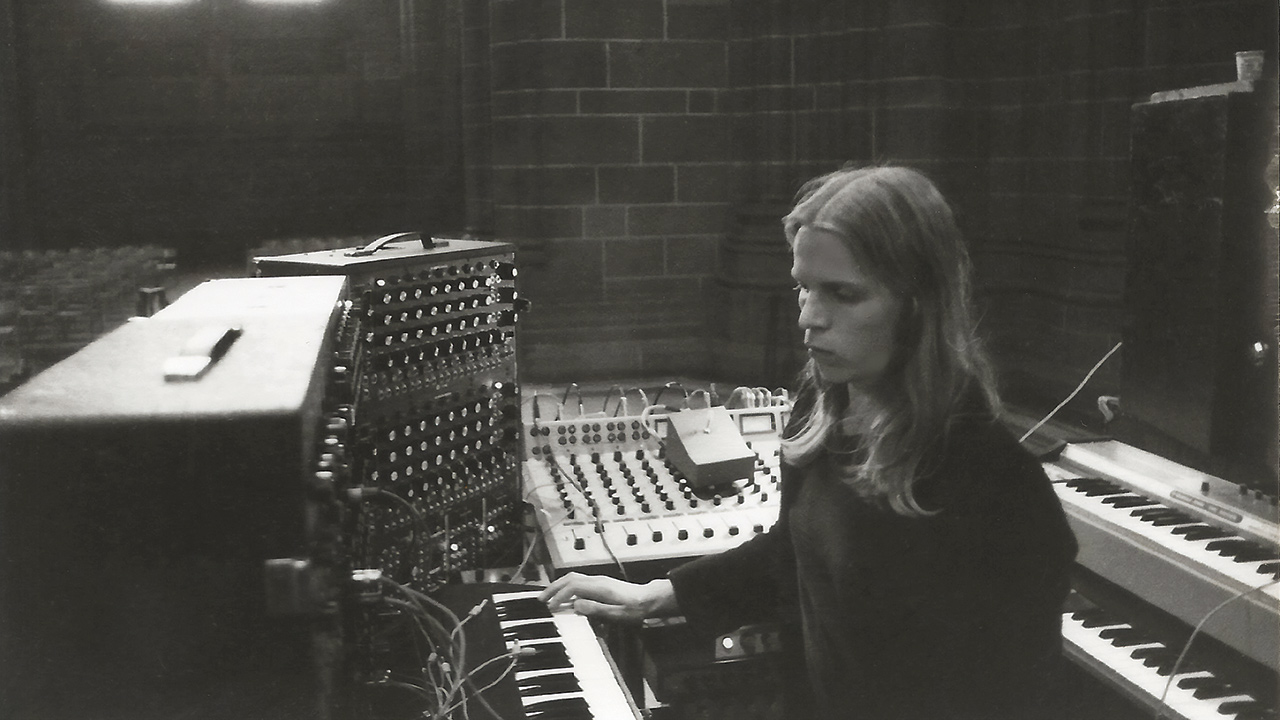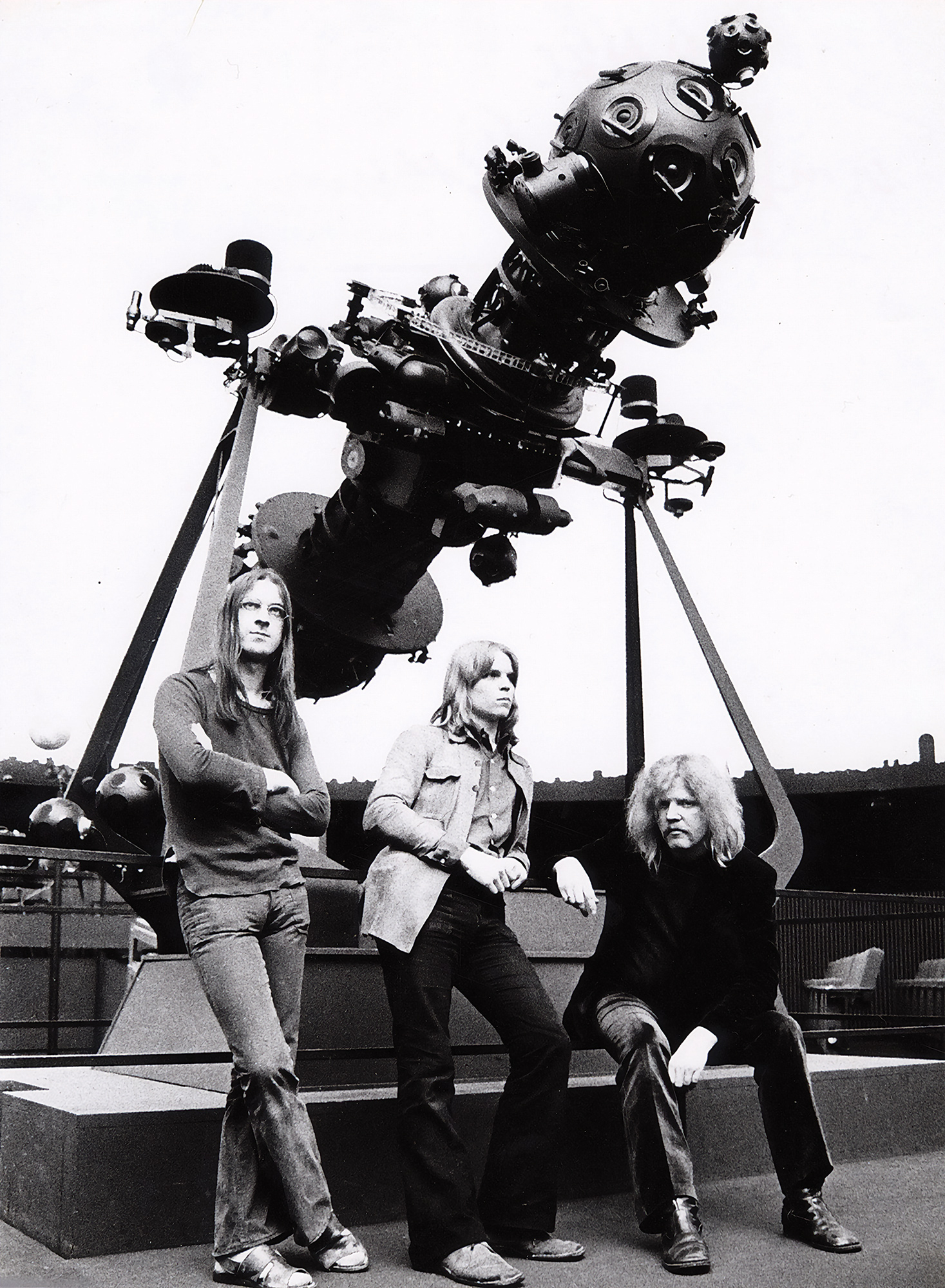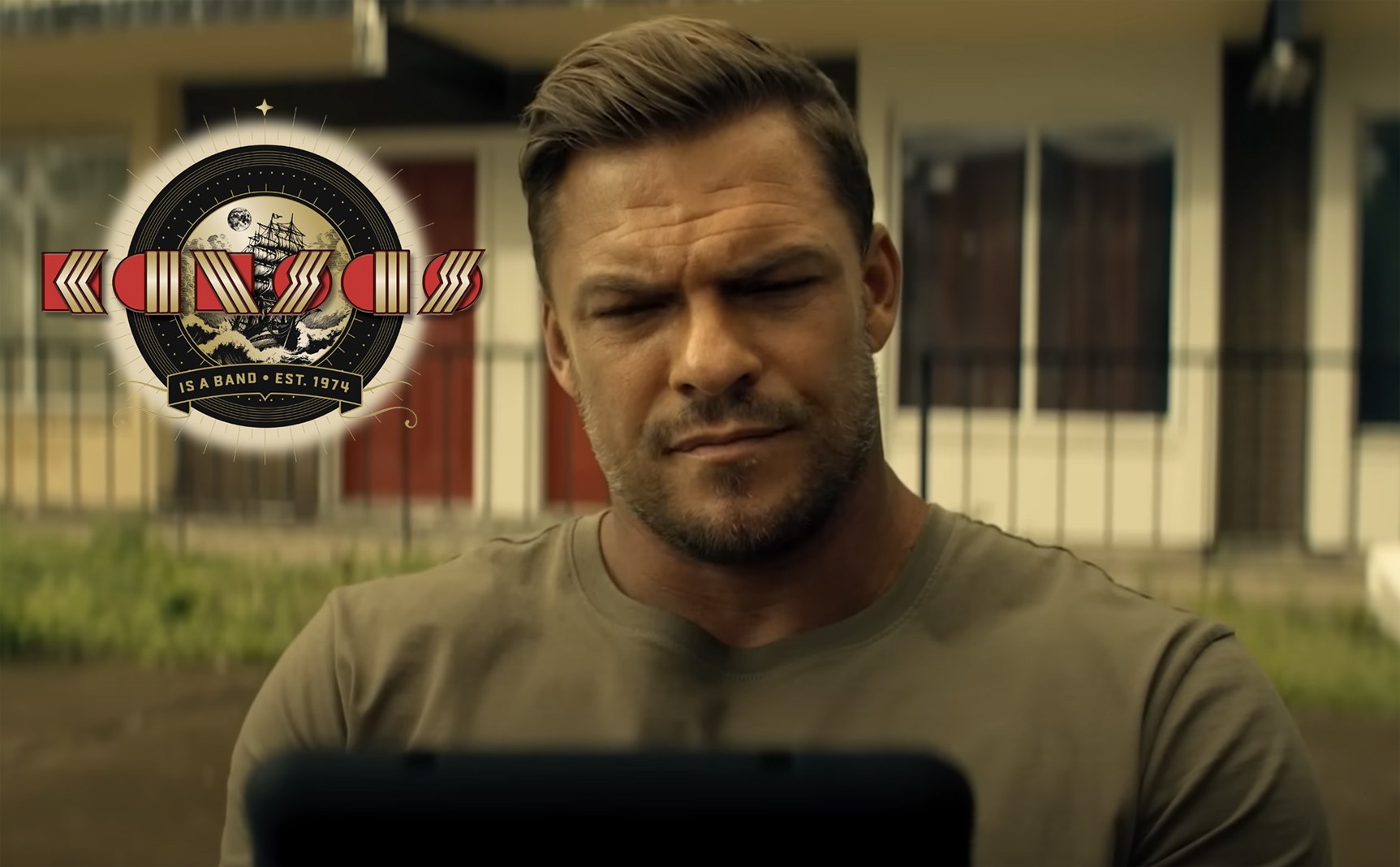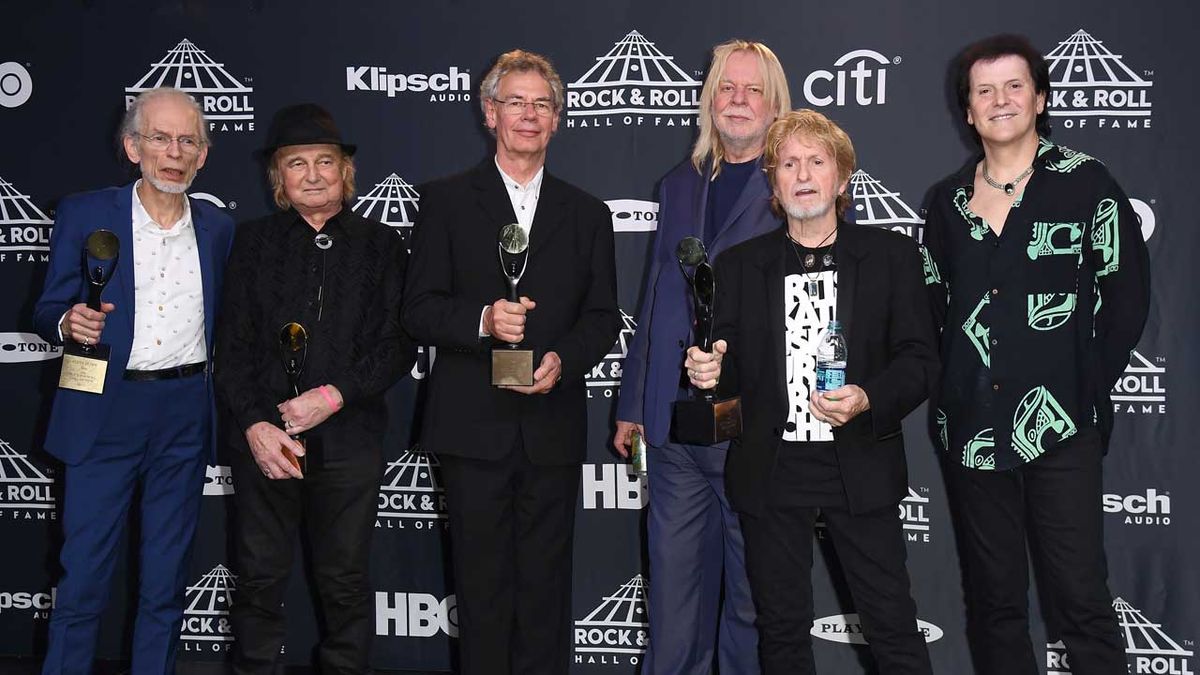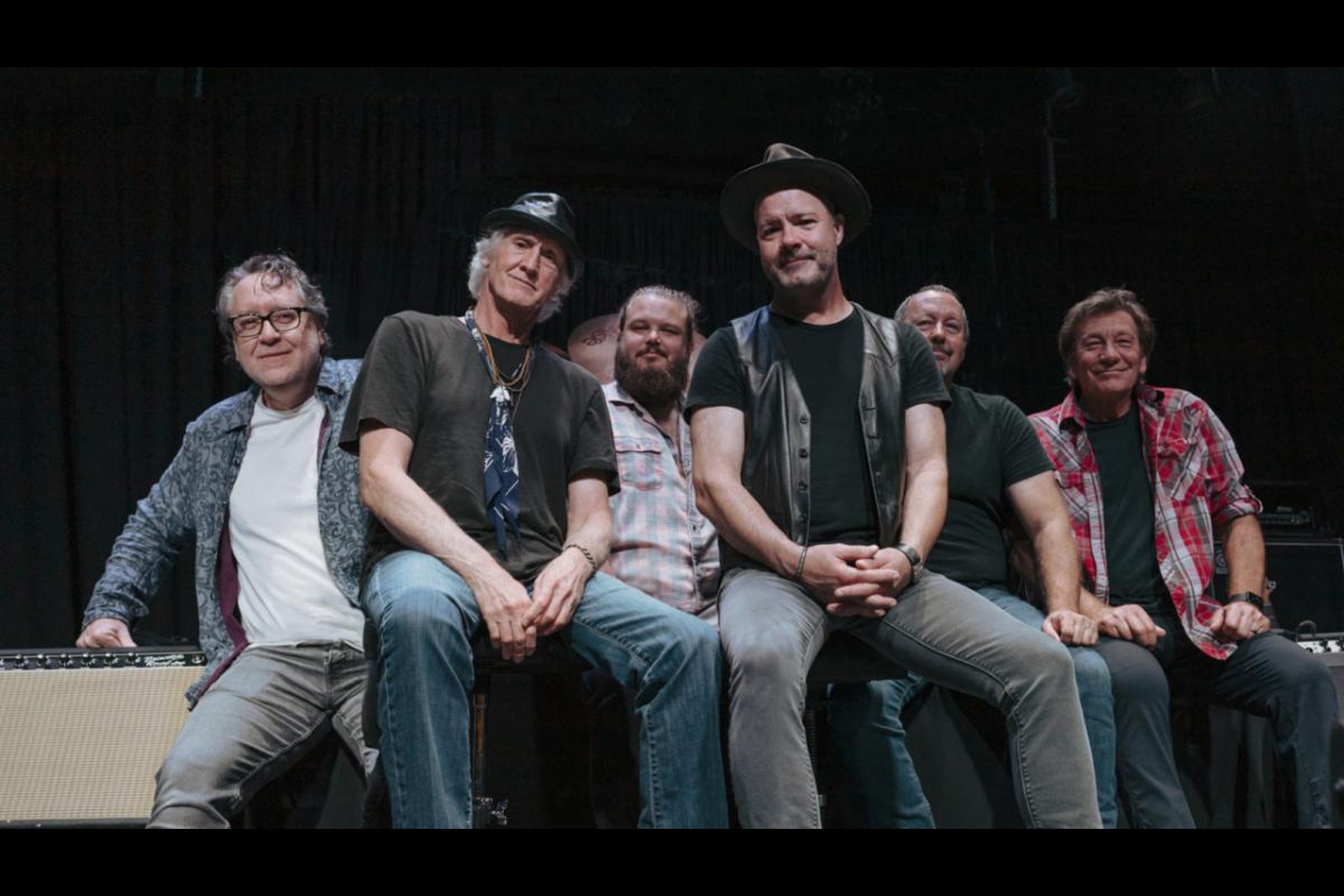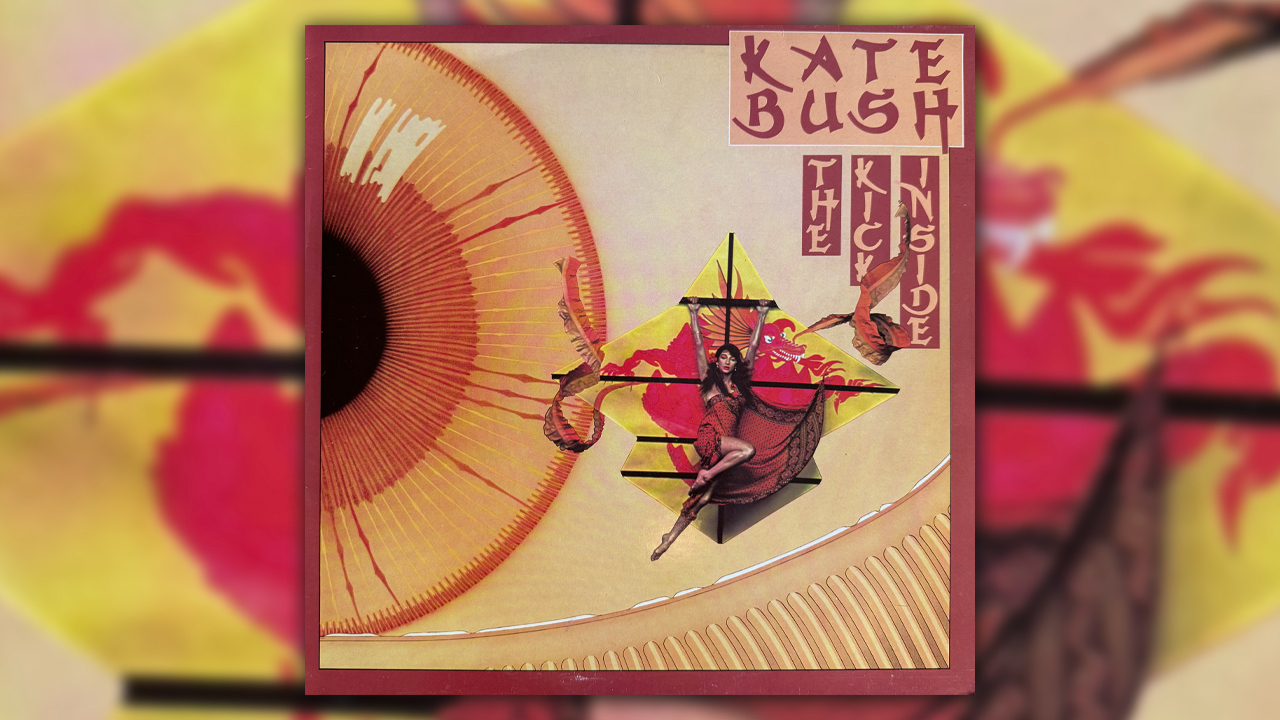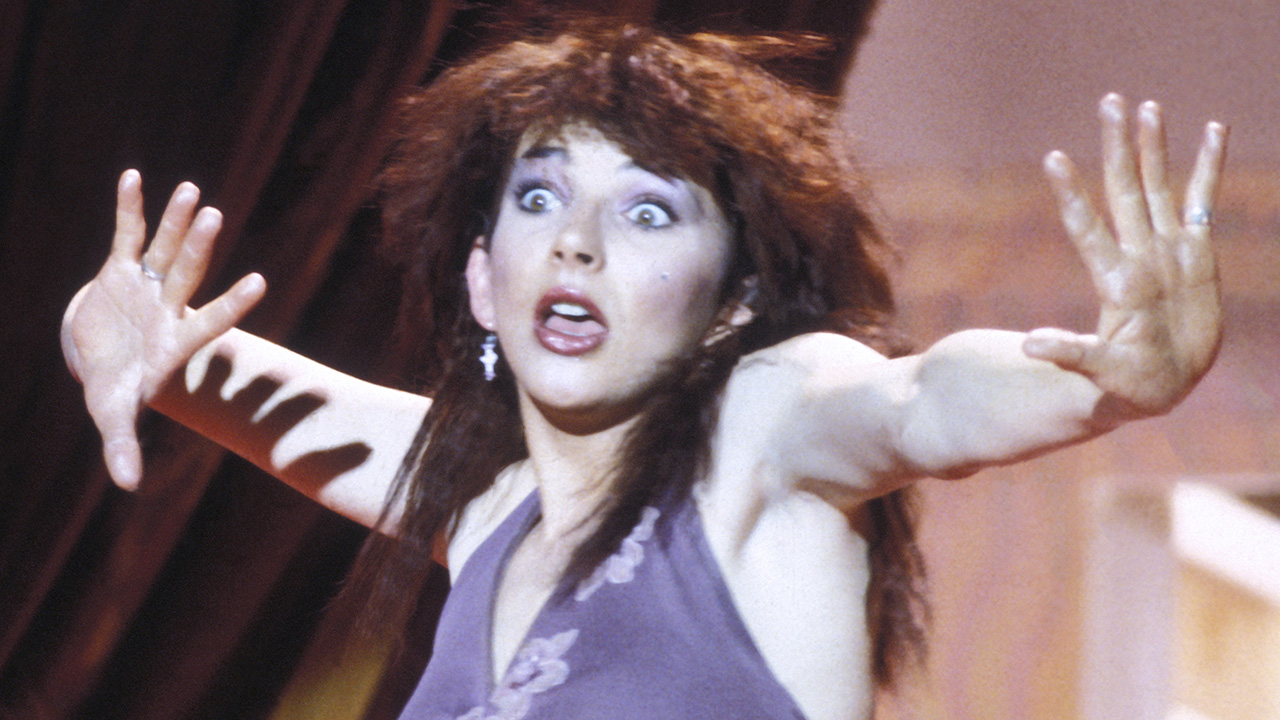
Photo: By daigooliva (Flickr) [CC BY-SA 2.0 (http://creativecommons.org/licenses/by-sa/2.0)], via Wikimedia Commons
The story of Aerosmith’s rise and fall and continued rebirth depicts one of the great pages of Rock and Roll history. The “Bad Boys from Boston” have never stopped, never even slowed down, even when things weren’t looking so good. Theirs is a story of perseverance and how perseverance pays off. Their story is rich and complicated, but that goes with the territory. Regardless of all the trials and tribulations the band experienced, once they set foot on the stage, their power was undeniable. Everything that makes rock and roll so special, Aerosmith defined on stage night after night.
In the late 1960s, musicians Steven Tyler and Joe Perry played in bands around the Boston area. Tyler was the drummer and backup singer for a band called The Chain Reaction. Joe Perry was the lead guitarist for The Jam Band, featuring Tom Hamilton on bass and Joey Kramer on drums. In 1970, the two bands performed on the same bill together. The two groups began to entertain the idea of uniting as one. Tyler insisted that he would agree only if allowed to move out from behind the drums and take over the lead singer role. The rest agreed, and the line-up that would endure for most of 45 years was completed. Rhythm guitarist Ray Tabano was added, and the band began its rehearsals.
The name Aerosmith was apparently coined by Joey Kramer, who claims it was a reference to Harry Nilsson’s album Aerial Ballet. However, others have stated it was related to a Sinclair Lewis novel.
Aerosmith’s first official gig was at a high school in Mendon, Massachusetts, on November 6th, 1970. By January of the following year Tabano was out and guitarist Brad Whitford was in. The band was quickly developing a reputation for their hard-rocking, high-energy performances, and it wasn’t long before Clive Davis, President of Columbia Records, came to see them at Max’s Kansas City in NYC. Only there was a problem. Aerosmith wasn’t supposed to play the night Davis was attending. They scraped their money together and managed to pay their way onto the bill that night, surely the best investment of their lives as Davis signed them in 1972 for $125,000.
Their self-titled debut album hit the streets in January of 1973 to minor success. It only reached number 166 on the Billboard charts but the lead single, “Dream On,” crept up to number 59. Their second studio effort, Get Your Wings
, dropped in 1974 and spawned three singles that failed to chart. After extensive touring in support of the release the band went back into the studio to record their third effort, what many believe was their breakout recording.
was released in April of 1975 behind the single “Sweet Emotion,” the band’s first Top 40 hit. Rising to number 11, Toys catapulted the band to national and international status making their touring schedule more hectic and hedonistic. In 1976, Columbia Records re-released “Dream On” as a single, only this time it reached number six. Shortly thereafter, they re-released “Walk This Way,” which climbed to number 10. The remarkable re-release success of the two singles drove their first two records back onto the charts as well. This time around, their debut reached number 11, and Get Your Wings made it to number 74.
More touring kept the band from releasing their next record until almost a year later. Rocks
came out in May 1976 and made its way to number 3 behind a top-25 single, “Last Child.” Rocks is considered their most influential album.
1977 saw the release of Draw The Line
, but the wildly successful band was beginning to show signs of the strain. Excessive drinking and drug use, along with the intense touring schedule, were taking their toll, and it was beginning to show in their performances. Joe Perry and Steven Tyler were labeled “The Toxic Twins” for their excessive drug use in and around the shows.
Perry and Tyler made a guest appearance in the film Sgt. Pepper’s Lonely Hearts Club Band featured their cover of The Beatles’ “Come Together.” The song became a Top 40 hit and kept Aerosmith in the limelight, for the time being.
The band began recording their sixth studio project in 1979. During breaks in the recording process they would hit the road for as many dates as possible. The tension simmering below the surface was coming to a head and finally boiled over at a show in July of that year. A backstage altercation between Tyler, Perry, and their wives led to Perry officially quitting the band. He immediately formed the Joe Perry Project and set about recording. Jimmie Crespo was hired as a replacement.
The band finished the recording, and Night in the Ruts
was released in November of that year. While it didn’t generate huge sales, it did reach number 14 on the charts but failed to chart any singles or gain much attention. The band’s popularity was waning and the subsequent tour found them playing in smaller and smaller venues to smaller and smaller crowds. Tyler’s drug use was reaching epic proportions, resulting in missing shows and collapsing onstage in 1980. The band was falling apart in every way.
Aerosmith’s Greatest Hits was released in part to soothe impatient fans who wanted the next studio record. Greatest Hits was a slow build but ended up being their best-selling album, racking up over 11 million sales. Soon after, Steven Tyler was badly injured in a motorcycle accident and found himself in a hospital for over two months.
After Tyler had recovered, the band began recording for Rock In A Hard Place
. After recording the first song, Whitford had had enough and quit, opting to play in the Joe Perry Project. Journeyman Rick Dufay replaced Whitford. The album hit number 32, and the one single, “Lightning Strikes,” reached number 21. Perry’s face began to be seen around the group again, and a reunion seemed to be in the works, but Tyler’s issues continued, and he collapsed on stage again.
On February 14th, 1984, Joe Perry and Brad Whitford officially re-joined the band, and while the ensuing Back In The Saddle Again tour was a financial success, the band was reaching rock bottom. They signed with Geffen Records but failed to produce another record. Meanwhile, their old label, Columbia, released two live records, Classics Live I & II, and another compilation record called Gems.1985 saw their next album, Done With Mirrors, which brought no hits and garnered little attention. The band continued to tour and tour until they found a hit song in the unlikeliest places.
Hip-hop icons Run DMC sampled and covered “Walk This Way” and invited Perry and Tyler to be part of the music video. The song hit number four on the charts, not only affirming that hip-hop was here to stay but also introducing Aerosmith to an entirely new generation of music lovers.
By 1986, the problems peaked, and an intervention was conducted for Steven Tyler. A stint in rehab followed. Manager Tim Collins then challenged the other members, reportedly promising to make them the greatest band in the world if they all got clean and sober. In short order, all members checked themselves into rehab and took on the challenge of reinventing themselves as sober musicians.
Collins must have known what he was doing because a cleaned-up Aerosmith was a massive success. They immediately recorded Permanent Vacation, which hit the stores in September of 1987. Besides being their first sober record, it was also the first record utilizing outside songwriting talent, something the band was reticent to accept. Ultimately, the combination proved powerful as the album produced three Top 20 singles, including “Dude Looks Like A Lady, Rag Doll, and Angel,” which reached number 3. Aerosmith was back and in a big, big way.
After a challenging tour with Guns N’ Roses, the follow-up to Vacation was 1989’s Pump. The Pump album reached number five and dropped three singles: “Jamie’s Got a Gun, Love In An Elevator,” and “What It Takes,” all of which reached the Top 10. The band received their first Grammy and two video music awards. A grueling 12-month tour followed.
Get a Grip was released in 1992. It was the band’s first number one and featured three Top 20 singles and one Top 40. Two years of touring later, another compilation, Big Ones, reached number six.
The next record, Nine Lives, was released in March 1999 amidst a whirlwind of changes: a new manager, a new producer, and injuries to Tyler and Kramer. The list went on and on, but Nine Lives still managed to hit number one.
In 1998, the love theme from the movie Armageddon became the band’s first and only number-one single. “Don’t Wanna Miss A Thing” received massive airplay, and the band rode its success over the next leg of touring.
In March of 2001, Just Push Play was released and reached number two behind the single “Jaded,” which reached number seven. That same year, the band was the featured performer at the Super Bowl halftime show, being joined onstage by ‘NYSNC, Britney Spears, Mary J Blige, and Nelly. Shortly thereafter, the band was inducted into the Rock and Roll Hall of Fame, receiving the honor of being the only band ever inducted while having a single on the charts.
In 2003, Aerosmith teamed up with Kiss to co-headline the Rocksimus Maximus tour, which played to arenas around the globe. Honkin’ With Bobo, the band’s long-awaited blues album came out in 2004 to little fanfare but still reached number five. A Spring 2006 tour with Cheap Trick was canceled abruptly when it was announced that Steven Tyler was undergoing throat surgery. By August, Tyler was back, and the Route of All Evil Tour was announced, featuring Aerosmith and Motley Crüe. While on tour, another compilation was released, “Devil’s Got a New Disguise,” which featured two new songs and reached number 15.
A 2009 tour with ZZ Top was plagued with injuries and setbacks including Tyler’s broken shoulder after he fell off the stage in Sturgis, South Dakota. The rest of the tour had to be canceled while Tyler recovered from his injuries. By the end of that year, Tyler announced he was pulling out of any subsequent touring to pursue his projects. On December 22nd, it was announced that Tyler would be entering rehab again to deal with a painkiller addiction that resulted from his many injuries.
In January 2010, Joe Perry announced the band would be holding auditions for his replacement, evoking a cease-and-desist letter from Tyler’s legal team. However, it wasn’t long before Tyler was back with the band.
In August of that year, Tyler signed on as a judge for the hit television show American Idol, which angered the rest of the group. However, Tyler assured them he would continue touring and recording with them while working on the show.
In 2012, Music From Another Dimension was released, followed by more touring. This installment was called the Global Warming Tour, and it carried the band into 2014, when yet another tour was announced, this one featuring Slash from Guns N’ Roses. The next in the endless column of tour dates was The Blue Army Tour, which took the band into 2015. With Steven Tyler’s throat issues in 2024, the band’s future status is up in the air.
It would be difficult to find a harder-working, more dedicated band anywhere in the world. Aerosmith has been a major influence on countless artists. They have strong American roots. They’ve had a long life filled with ups and downs and then ups again, but looking back, it’s easy to see why Aerosmith is the Greatest American Rock Band of all time.
It’s also why we’ve written many articles about Aerosmith on this site.
Complete List Of Aerosmith Albums And Discography
Top 10 Aerosmith Albums
Top 10 Aerosmith Album Covers
Top 10 Aerosmith Songs
10 Most Underrated Aerosmith Songs
Top 10 Aerosmith Love Songs
Top 10 Best ’80s Aerosmith Songs
Aerosmith’s Best Song On Each Of Their Studio Albums
Why Aerosmith Is The Greatest American Rock Band Of All Time
Aerosmith Is Going Vegas
Joey Kramer Out Again As The Drummer For Aerosmith
Top 10 Whitford/St. Holmes Songs
10 Things You Didn’t Know About Steven Tyler
Top 10 Joe Perry Songs
Complete List Of Joe Perry Albums And Discography
Joe Perry of Aerosmith Interview: 13 Albums That Changed My Life
Aerosmith Retires From The Road For Good
John Douglas (Touring Drummer for Aerosmith): 11 Albums That Changed My Life
Complete List Of Aerosmith Band Members
Complete List Of Aerosmith Songs From A to Z
Tom Hamilton of Aerosmith: The ClassicRockHistory.com Interview
Why Aerosmith Is The Greatest American Rock Band Of All Time article published on Classic RockHistory.com© 2025



